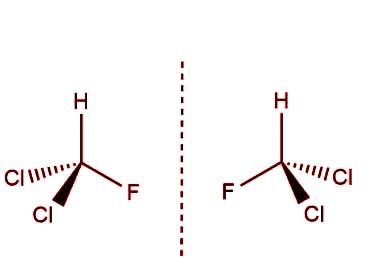Motion along a circular path
Motion along a circular path is a type of motion in which an object moves along a circular path with a constant speed. This type of motion is characterized by the object's distance from a fixed point, known as the center of the circle, as well as the object's direction of motion, which is always tangent to the circle.
In order to understand motion along a circular path, it is first important to understand the concept of circular motion. Circular motion is the motion of an object along a circular path, and it is characterized by the object's speed and the radius of the circle. The speed of an object in circular motion is constant, and it is determined by the radius of the circle and the time it takes for the object to complete one revolution.
One of the key characteristics of circular motion is that it is always accompanied by a force, known as the centripetal force, which is directed towards the center of the circle and is responsible for keeping the object moving in a circular path. This force is caused by the object's inertia, which resists any change in its motion.
In addition to the centripetal force, objects in circular motion are also subject to other forces, such as friction and air resistance. These forces can affect the object's motion, causing it to change its speed or direction.
One of the most common examples of motion along a circular path is the motion of a car moving around a circular track. In this case, the car is moving in a circular path with a constant speed, and the centripetal force is provided by the friction between the tires and the track.
Another example of motion along a circular path is the motion of the planets around the sun. In this case, the planets are moving in circular paths at constant speeds, and the centripetal force is provided by the sun's gravitational pull.
Overall, motion along a circular path is a type of motion that is characterized by constant speed and the presence of a centripetal force. It is an important concept in physics, and it is commonly observed in many real-world situations.
Frequently Asked Questions (FAQs)
What do you call the motion along a circular path?
The motion along a circular path is called circular motion. This type of motion is characterized by the object's constant speed and the presence of a centripetal force, which is directed towards the center of the circle and is responsible for keeping the object moving in a circular path.
What are the types of circular motion?
There are two types of circular motion: uniform circular motion and non-uniform circular motion.
Uniform circular motion is a type of circular motion in which an object moves at a constant speed along a circular path. This means that the object covers equal distances in equal intervals of time, and the direction of motion is always tangent to the circle.
Non-uniform circular motion, on the other hand, is a type of circular motion in which an object moves along a circular path but its speed is not constant. This means that the object may cover unequal distances in equal intervals of time, and the direction of motion may not always be tangent to the circle.
What causes circular motion?
Circular motion is caused by the presence of a force, known as the centripetal force, which is directed toward the center of the circle and is responsible for keeping the object moving in a circular path. This force is caused by the object's inertia, which resists any change in its motion.
In addition to the centripetal force, other forces can also affect an object's circular motion. For example, friction and air resistance can cause an object to change its speed or direction of motion.
What type of force is circular motion?
Circular motion is characterized by the presence of a force known as the centripetal force, which is directed towards the center of the circle and is responsible for keeping the object moving in a circular path. This force is caused by the object's inertia, which resists any change in its motion.
The centripetal force is a type of force that acts on an object in a circular motion and is always directed towards the center of the circle. It is different from other types of forces, such as friction and air resistance, which can also affect an object's circular motion but are not directed towards the center of the circle.
Overall, the centripetal force is a key characteristic of circular motion and is responsible for keeping the object moving in a circular path.
What are the three equations of circular motion?
The three equations of circular motion are:
- The speed of an object in uniform circular motion is given by the equation v = 2πr/T, where v is the speed of the object, r is the radius of the circle, and T is the time it takes for the object to complete one revolution.
- The centripetal force on an object in circular motion is given by the equation F = mv^2/r, where F is the centripetal force, m is the mass of the object, v is the speed of the object, and r is the radius of the circle.
- The acceleration of an object in circular motion is given by the equation a = v^2/r, where a is the acceleration of the object, v is the speed of the object, and r is the radius of the circle.
These equations are important in understanding and analyzing the motion of an object in a circular path.
What is period in circular motion?
The period of an object in circular motion is the time it takes for the object to complete one revolution around the circle. It is denoted by the letter T, and it is related to the object's speed and the radius of the circle.
Let me know if you have more questions or if there is a specific topic that you would like to know more about.





If you have any doubts, please let me know